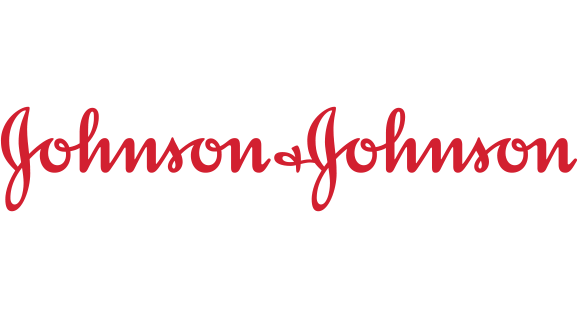Keith Ignotz knows the power of a good story. The President & CEO of OcuMedic—an early stage biotech company developing a novel pre-and post-eye surgery treatment to replace eye drops—has made significant inroads telling the OcuMedic story since he assumed his role in early 2018. Some of his success can be attributed to his reliable presentations at BIO’s events including One-on-One Partnering. Indeed, Ignotz’s delivery garnered him a Start-up Stadium win at the BIO 2018 International Convention and continues to drive interest at other BIO events.
OcuMedic is a BIO “Triple Crown Partner”, having completed BIO’s triple crown of partnering meetings: BIO Investor Forum, BIO 1x1@JPM and BIO CEO & Investor Conference. For Ignotz it was a no-brainer. These meetings offered him the most direct access to the strategic partners he needed to move the company from R&D into clinical trials.
This is the first in a series recognizing one of BIO’s Triple Crown Partners
In 2006, Dr. Mark Byrne, one of OcuMedic’s founders and inventor of the technology, recognized that treatment for post-cataract and LASIK surgery was less than optimal. Eye drops to prevent pain and inflammation were, and still are, left up to the patients to administer. It turns out that less than five percent of the eye drop gets to the target tissue. Blinking washes it out, running down the face instead of staying in the eye where it’s needed. Another challenge for self-administered eyedrops is that they often contain preservatives that burn and sting, so patients stop using them. Or they just plain forget to use the eyedrops altogether. Post-cataract surgery can require over 300 eyedrops. If patients are non-compliant, they end up in pain, continuing inflammation and going back to the doctor for additional costly follow-up care. OcuMedic points to at least 25 studies that address the cost of patient non-compliance to the health care system which is estimated to be $70 billion a year.
The solution Byrne has been working on for over 12 years is a replacement for eye drops. He and the company have developed a contact lens/corneal bandage that delivers a constant low dose of medicine to the eye over a prescribed time period. The approach completely removes the burden of delivering eyedrops for patients and the constant delivery of therapy has the potential to speed recovery. The device would be placed on the eye following surgery and then removed after seven days by the doctor when the patient is typically re-called for follow-up. The patient would never touch it.
With initial support from NIH and NSF, the company has advanced with 10 issued patents under its belt. When Byrne was looking to move from R&D to the clinical stage, he presented animal trial data to an academic audience which Ignotz later reviewed. With a background in ophthalmology, Ignotz immediately knew this technology had promise. He had witnessed doctors soaking contact lenses in medicine in the hopes of it reaching the target tissue over time but to no avail! It didn’t work. He was sure OcuMedic’s technology was a much more effective way to control the drug’s release over time from the device.
Having taken a company public and successfully founding or co-founding and then selling several other companies, Ignotz had the experience OcuMedic needed to take it to the next level. He became President and CEO in 2018 and developed the pitch he would deliver in one fashion or another during several BIO partnering events.
“We met strategic partners and investors at these events,” Ignotz explained. “Companies making generic eyedrops looking for re-routed administration, consultants and service providers…
“We needed information to best define the scope for our clinical trial. We interviewed several consultants in the BIO One-on-One partnering system and chose one company, Celeritas Solutions, to produce a report on cost, time and scope for a Phase 1-2 clinical study based on their library of “benchmark’ ophthalmic studies. This report is now incorporated into our business plan. It is invaluable as it provides an objective level of certainty that can be shown to investors regarding the use of funds.”
Ignotz has this advice for anyone using the partnering system:
“Simplify your elevator pitch and story as much as possible.”
The most effective presentation, according to Ignotz, rests on a three-legged stool: large market, proprietary science and good management.
- First, demonstrate an unmet medical need (the market).
- Second, justify that what you are presenting really works – efficacy in animal studies or invitro and is IP protected (the science).
- Third, discuss your leadership track record. Have they taken a product through the regulatory approval process? Have they raised money before? Have they exited and sold companies? Have they taken a company public? (the management).
Ignotz noted that BIO partnering gave him access to consultants who are well respected by investors which lends credibility to his company and makes investors feel more comfortable about risk.
Registration is now open for the 2019 BIO Investor Forum and BIO One-on-One Partnering™, complimentary for all conference attendees, will open in early-September.



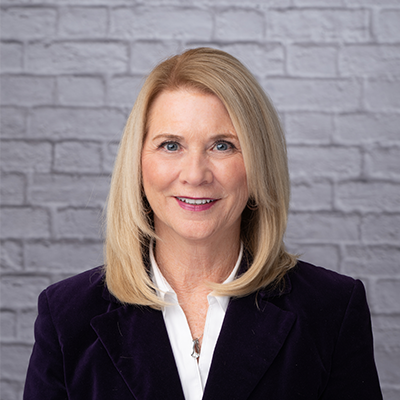

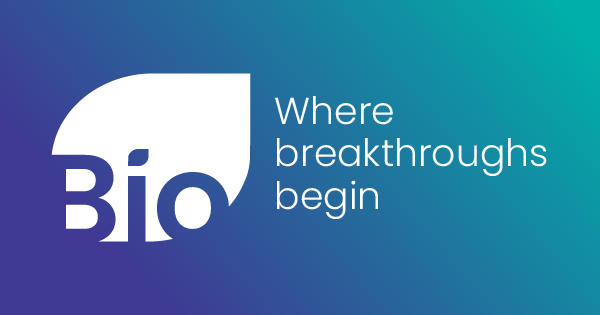
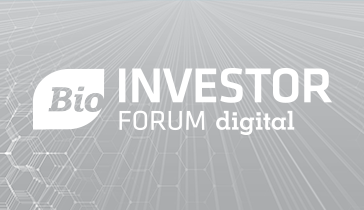

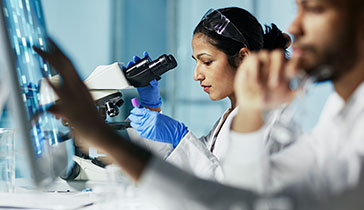
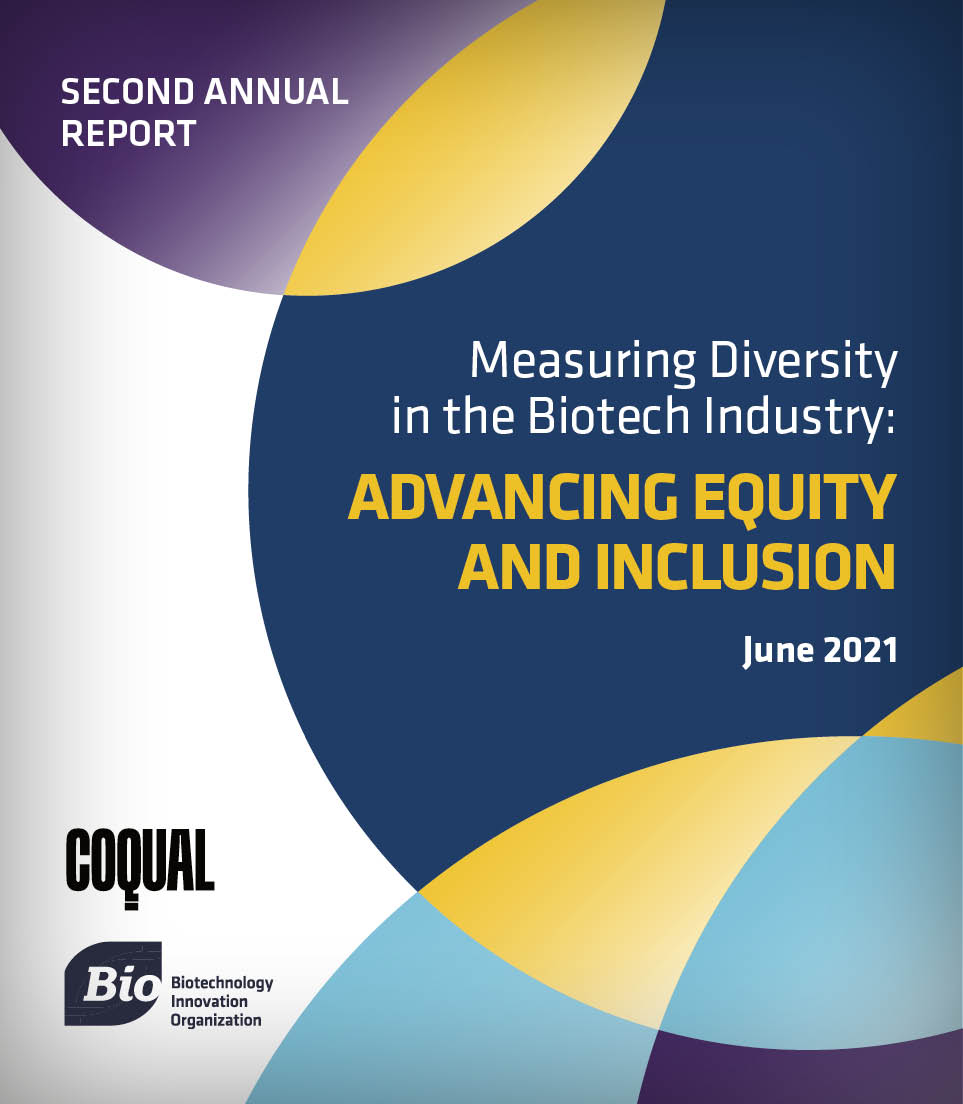

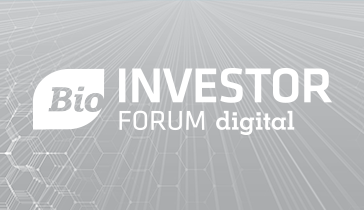
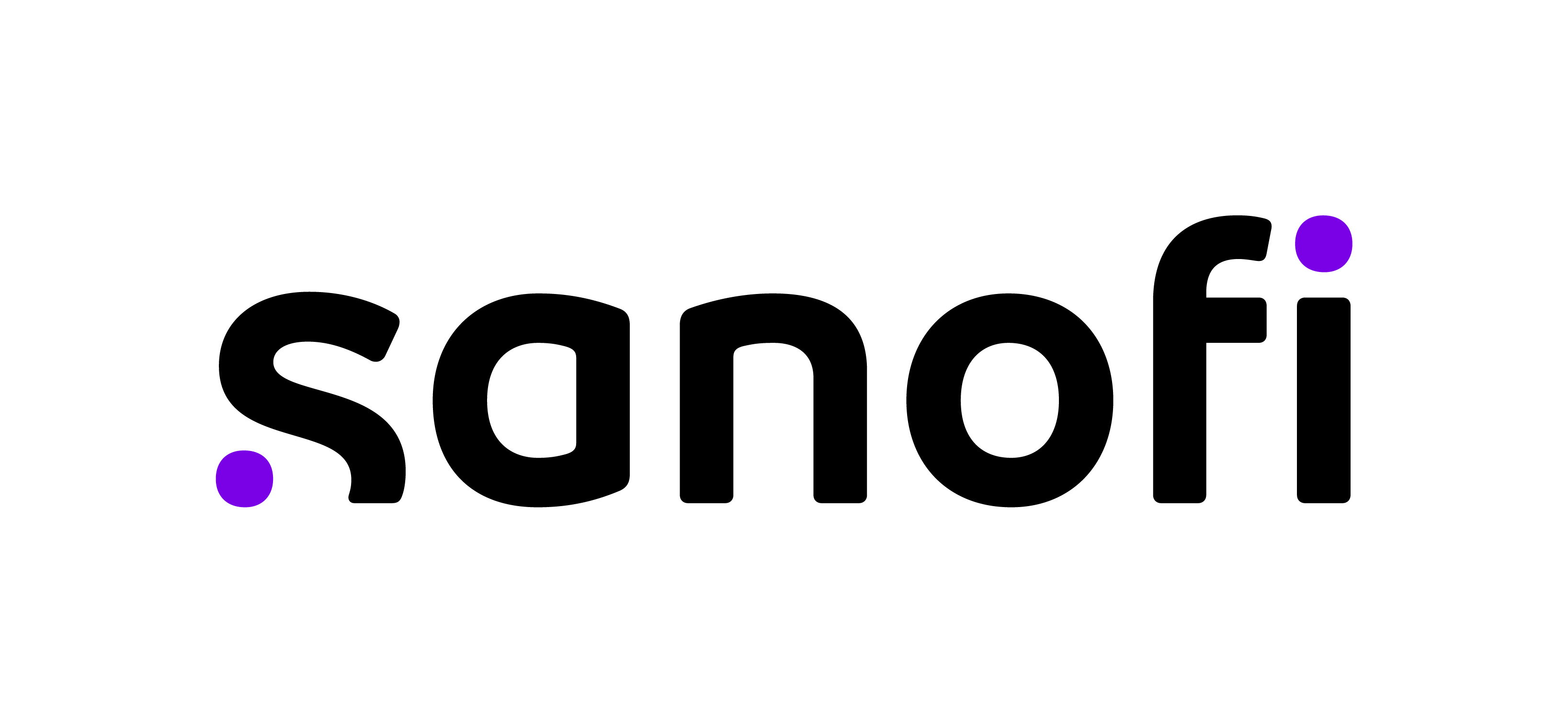
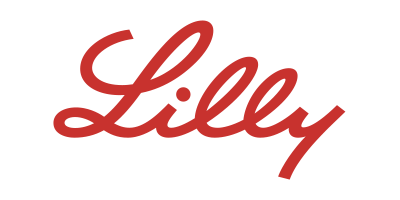



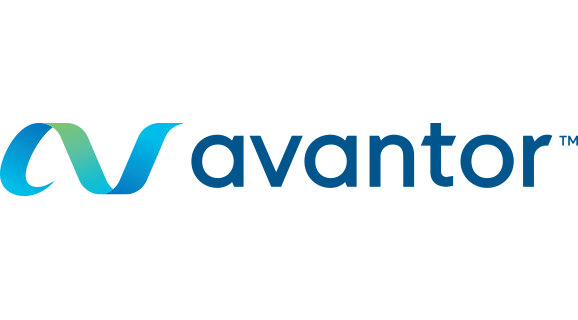
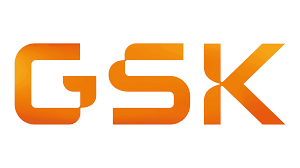
.png)
